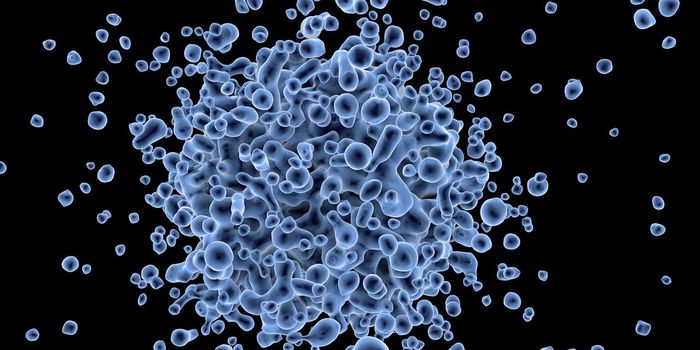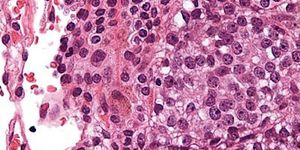Simultaneously Assaying Gene Expression and Chromatin Availability
Scientists have created a powerful new way to analyze the genetics of single cells. While cells carry a genome, the transcriptome refers to the genes that are being expressed at any one time in the cell. Modifications to the genome that can have a significant impact on how genes expression is controlled can also be profiled at the same time with this new technique. It has been called sci-CAR, for single-cell combinatorial indexing, because thousands of cells can be assayed in this way at once.
The work has been reported in Science by the research team, which included investigators from the University of Washington School of Medicine Department of Genome Sciences, Brotman Baty Institute for Precision Medicine in Seattle, Oregon Health Sciences University, Illumina, Inc., in California, Allen Discovery Center for Cell Lineage Tracing, and Howard Hughes Medical Institute.
The team uses barcoding to assign unique identities to the contents of the nuclei of single cells. Our cells contain a huge amount of DNA that has to be tightly organized, and activating genes requires a change in the shape of that DNA, or a remodeling of chromatin. This new tool can link chromatin accessibility with messenger RNA (which is used to transcribe the active portions of the genome). That allows for a comprehensive assessment of gene regulation happening in thousands of individual cells.
This technique can offer advantages over traditional molecular approaches, which often focus on only one aspect of cell biology instead of looking at a bigger picture.
The scientists applied their technique to a lung cancer model and studied the impact of a synthetic steroid, dexamethasone. The drug can induce many changes in gene expression. The team was also able to observe concurrent changes in chromatin accessibility.
They also studied gene regulation in mouse kidneys, completing a profile of the transcriptome and chromatin accessibility in 11,296 different cells. Their research revealed links between regulatory elements in the genome that were far from the genes they impacted; some of that data explained variations in gene expression in different cell types.
The scientists are planning to continue to refine this tool. The chromatin accessibility data is not as rich as expected, and optimizations are planned. They will keep tracing how genetic data flows from the genome to RNA, and finally to the proteins that are responsible for our physiology.
The video above features a lecture by Shendure about his research.
Sources: AAAS/Eurekalert! via University of Washington, Science









